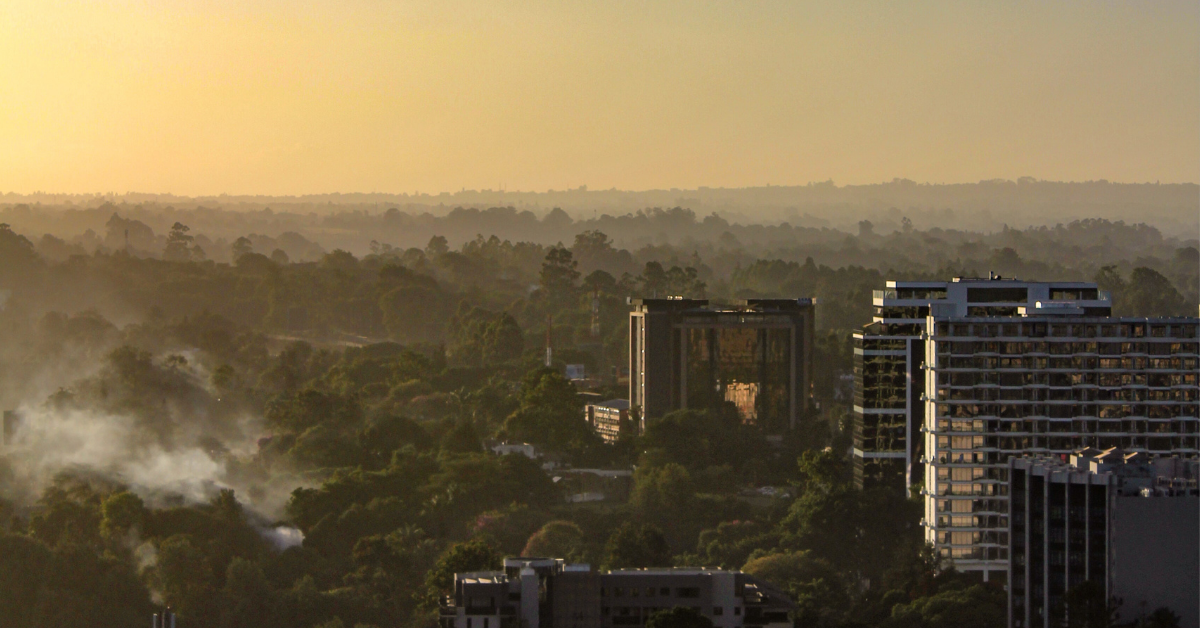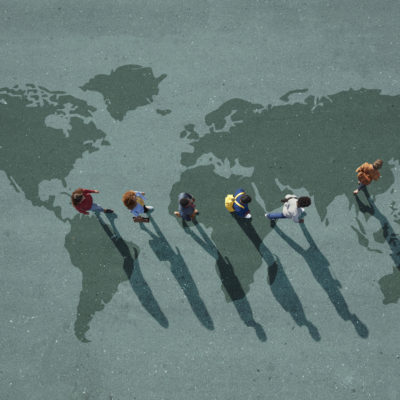 Westlands, Nairobi. Photo: Unsplash / Michael Muli
Westlands, Nairobi. Photo: Unsplash / Michael Muli
One month ago the United Nations Department of Economic and Social Affairs (UN DESA) launched the World Economic Situation and Prospects (WESP) 2022 in collaboration with other UN operational units.
Global growth prospects
The world is now two years into the COVID-19 pandemic, and the end is nowhere in sight. The human, economic and social toll of the pandemic has been devastating. Rising poverty, job losses, shredded safety nets, healthcare systems pushed to the brink, and the impacts of a changing climate are placing the Sustainable Development Goals further out of reach.
The robust recovery in 2021, driven by strong consumer spending and some uptake in investment, with trade in goods surpassing pre-pandemic levels, marked the highest growth rate in more than four decades, the report highlighted. But growth momentum slowed considerably by the end of 2021, especially in big economies like China, the European Union and the United States of America.
Higher inequality may emerge as a longer-term legacy of the COVID-19 crisis
Higher levels of inequality within and between countries are emerging as a longer-term consequence of the pandemic. For the vast majority of developing countries, a full recovery of GDP per capita will remain elusive. The gap between what they will achieve and what they would have achieved without the pandemic will persist well into 2023. In contrast, GDP per capita in the developed economies is expected to almost fully recover by 2023 relative to pre-pandemic projections.
“Without a coordinated and sustained global approach to contain COVID-19 that includes universal access to vaccines, the pandemic will continue to pose the greatest risk to an inclusive and sustainable recovery of the world economy”
Liu Zhenmin, Under-Secretary-General of the United Nations Department of Economic and Social Affairs
Global poverty is projected to remain at record highs
Adverse impacts of the pandemic on growth and employment have significantly undermined progress on global poverty reduction, dashing hopes of achieving the Sustainable Development Goal of ending extreme poverty. The number of people living in extreme poverty globally is projected to decrease slightly to 876 million in 2022 but is expected to remain well above pre-pandemic levels. Fast-developing economies in East Asia and South Asia and developed economies are expected to experience some poverty reduction. In contrast, poverty is forecast to further increase in the world’s most vulnerable economies.
“In this fragile and uneven period of global recovery, the World Economic Situation and Prospects 2022 calls for better targeted and coordinated policy and financial measures at the national and international levels”
António Guterres, Secretary-General of the United Nations
Text adapted from the original UN DESA launch.










